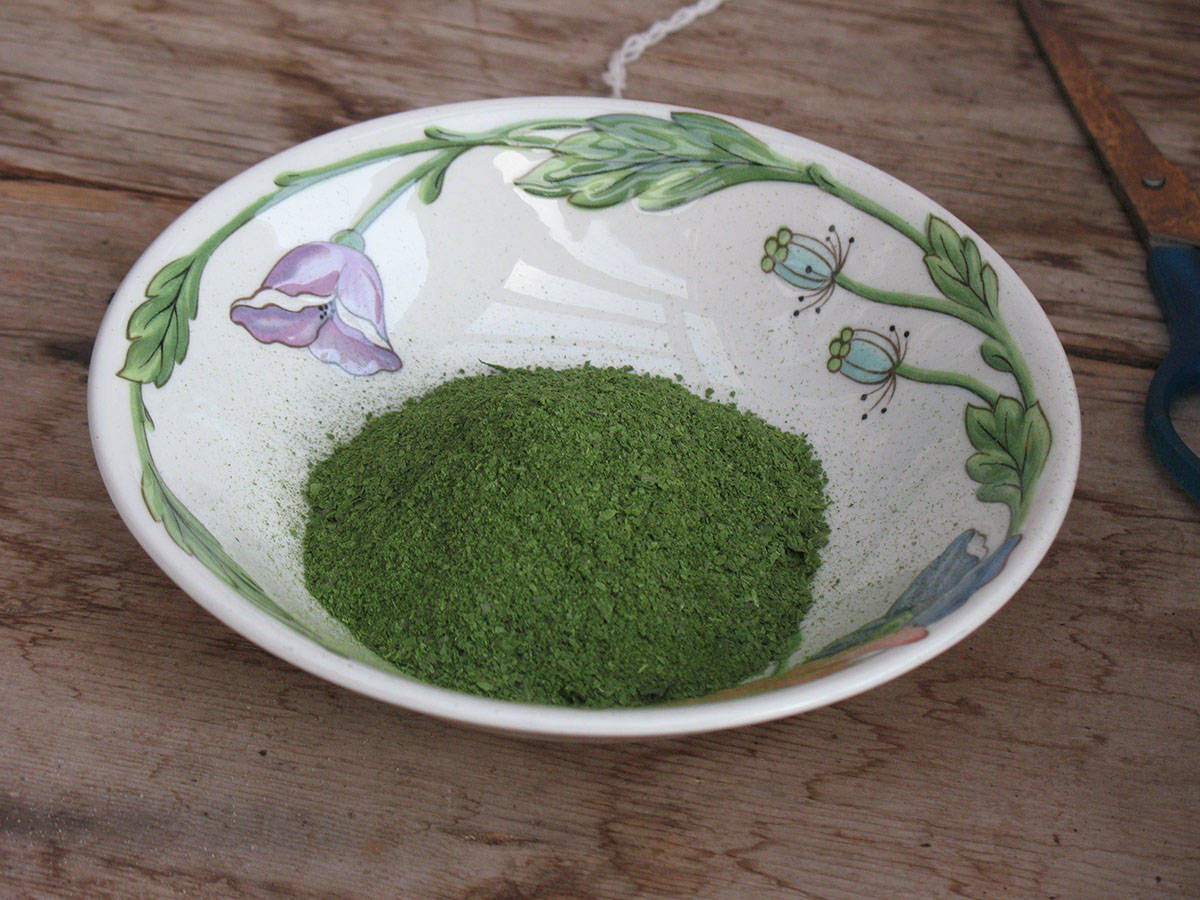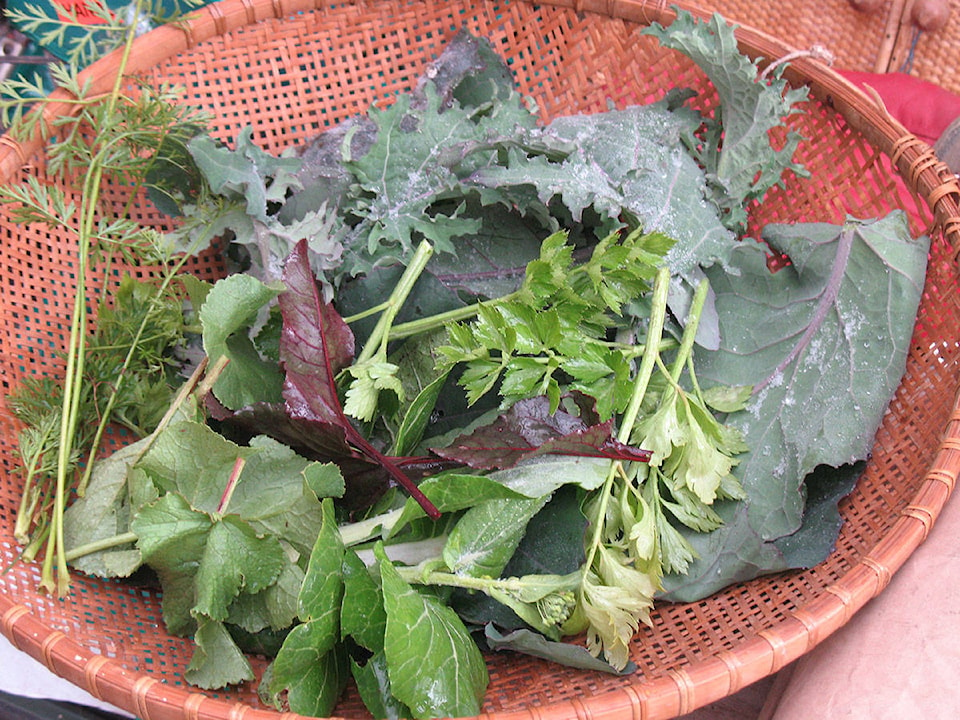By Mary Lowther
One problem with writing a gardening column is the seasonal nature of the subject, and the constant danger of repeating myself. In previous columns I have already discussed how hybridization and genetic modification have actually removed much of the nutritional value from commercially available food. Even worse, the soils our food is grown in have been so depleted of minerals and other nutrients that their vitamin content has decreased alarmingly since pioneer days. It doesn’t matter how much compost and manure farmers ply their land with, if they aren’t replacing minerals that don’t come back to the farm, their land becomes more barren each year and even organically grown crops cannot produce a completely healthy diet.
Our awareness of this has led to a new industry. Health food stores now offer powdered green supplements to augment the deficiencies of commercially available vegetables, but if the soil in which the source plants are grown is also depleted how good can the product be? Why buy expensive supplements from unknown sources when we are able to make our own from leaves of our own vegetables grown in properly mineralized soil? No green supplement is going to equal the nutrient dense vegetables we can grow ourselves in our own carefully maintained dirt.
Kelp meal, fish fertilizers and marine plants like seaweed and milfoil contain abundant minerals and are great additions to the soil, but they only provide minerals from the rocky substrate upon which they dwell. I add trace minerals to my fertilizer mix to make up for those removed by my previous harvest to ensure an equally nutritious future. Then I tend to eat the traditional parts of the vegetables and toss the rest into the compost heap, but lately I am wondering if this might not be wasteful. If the rest of the plant is nutritious can it not be used as well? Why not make a powdered green supplement with it to augment my trace element requirements and not waste good food?
David says that sometimes I think too much, but I think this is what winter is for. Perhaps hockey was invented to give us more to think about during those long December nights. But I digress. I already knew that pea, bean, carrot and all the cruciferous vegetable leaves are edible, but didn’t learn until recently that radish and squash leaves and stems are as well. Why not harvest them, dry them out and make my own supplement to add to soups, stews and smoothies?
Some plants like tomatoes, eggplants, peppers and cucumbers are off the list though, because the jury’s still out on whether or not the leaves and stems are good to eat. I decided to take no chances and just stick with crops that have been declared totally safe.
To make my own green powder I dried the leaves in my dehydrator then reduced them to a powder in the blender. A teaspoon or two each day ought to boost my mineral needs over the winter, and as this powder gets used up, I’ll just go out and pick some more leaves and use the stems for broth. I wonder if hockey fans will taste the difference?
Please contact mary_lowther@yahoo.ca with questions and suggestions since I need all the help I can get.

